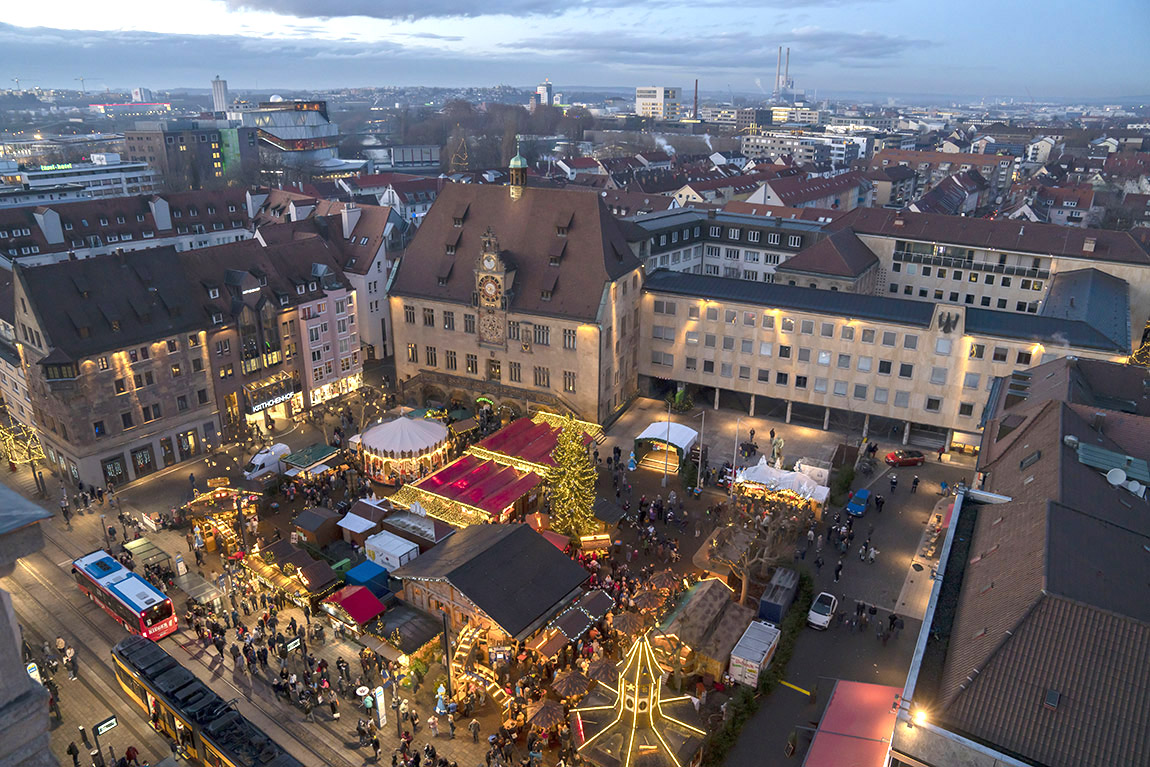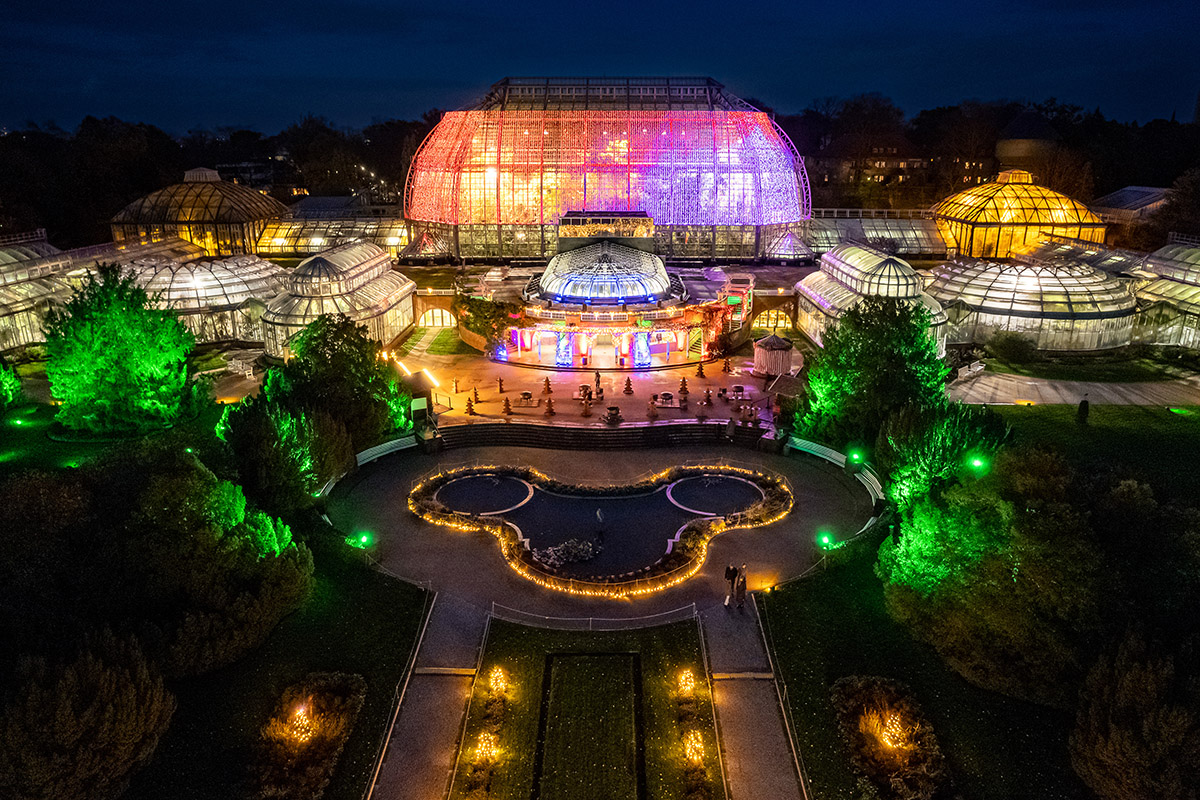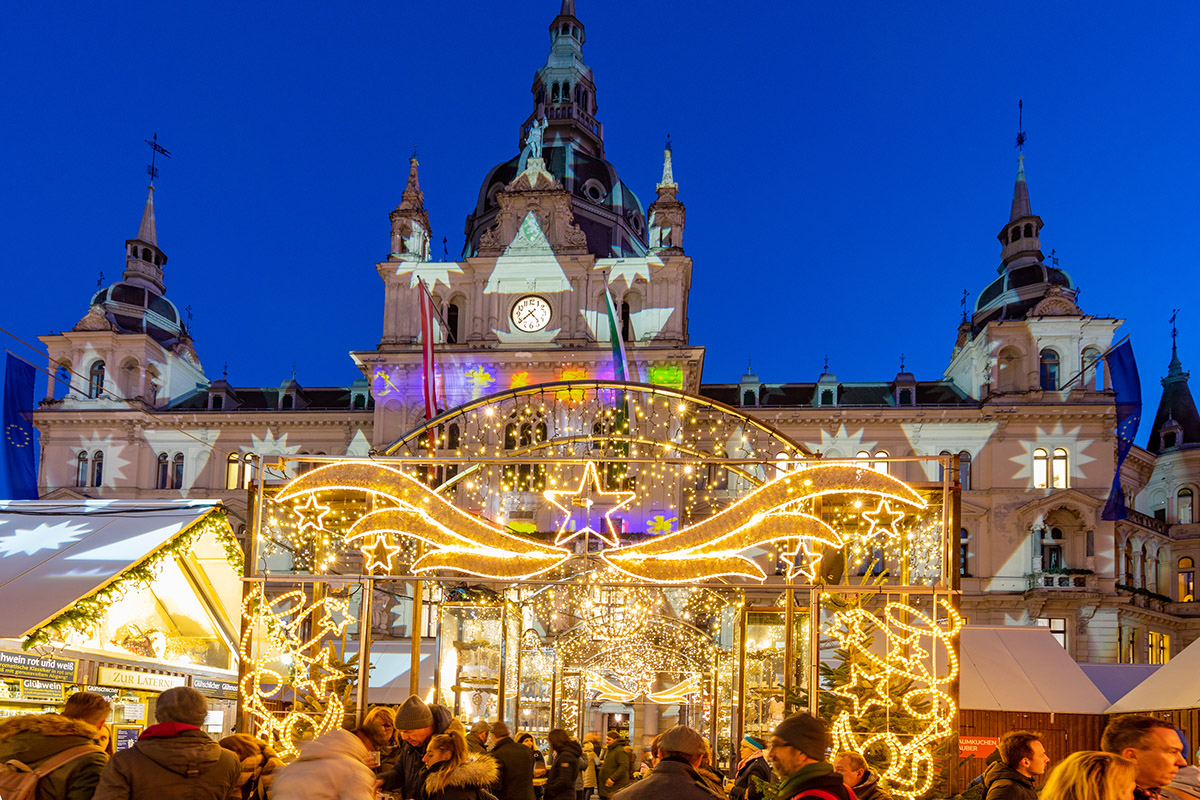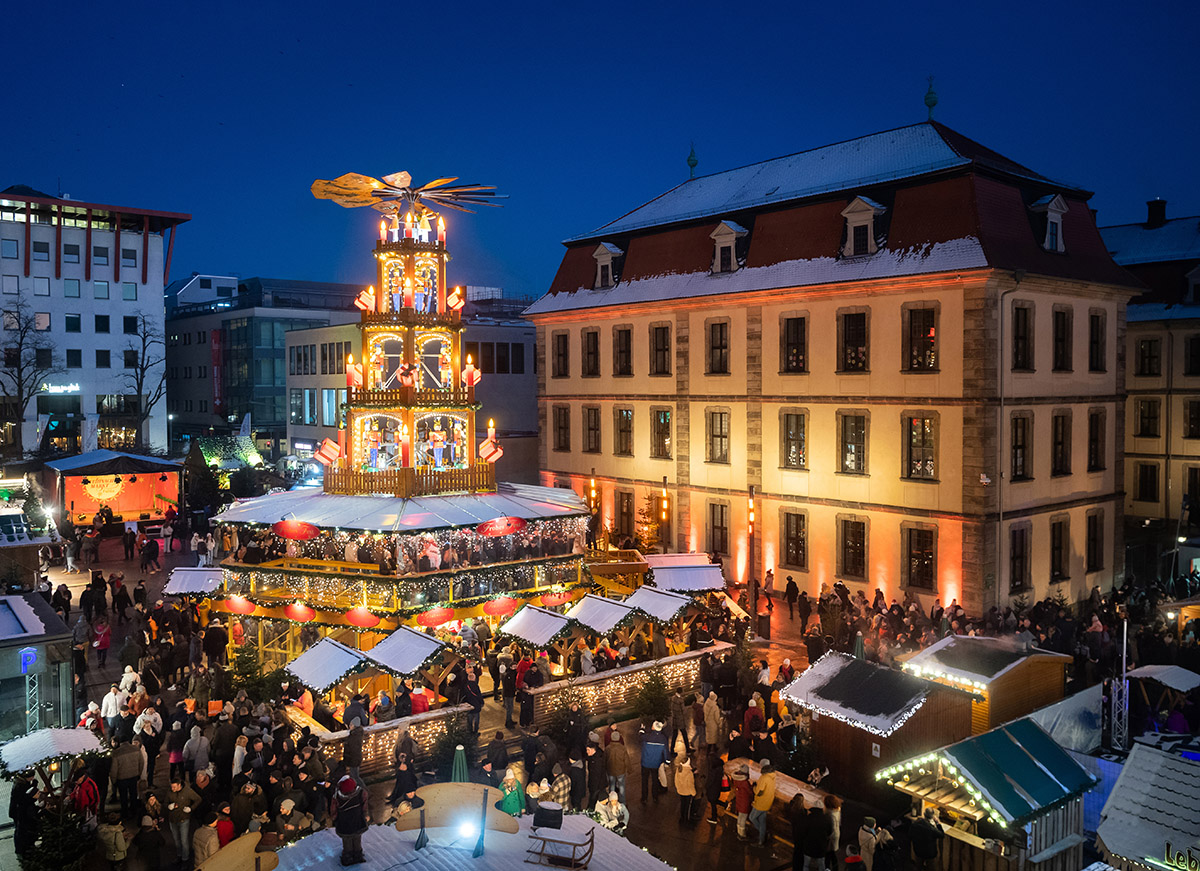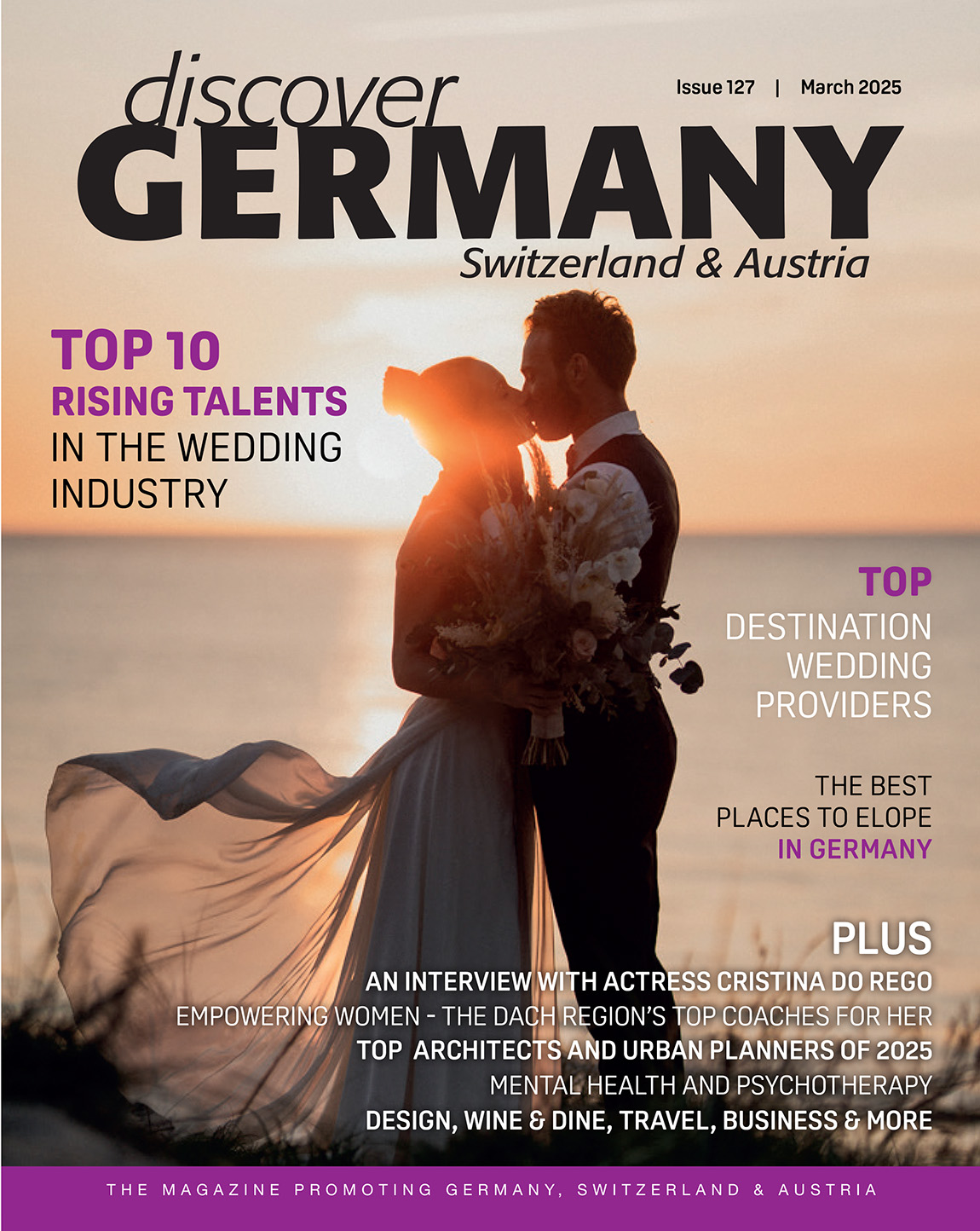Nürnberg: Combining tradition and modernity
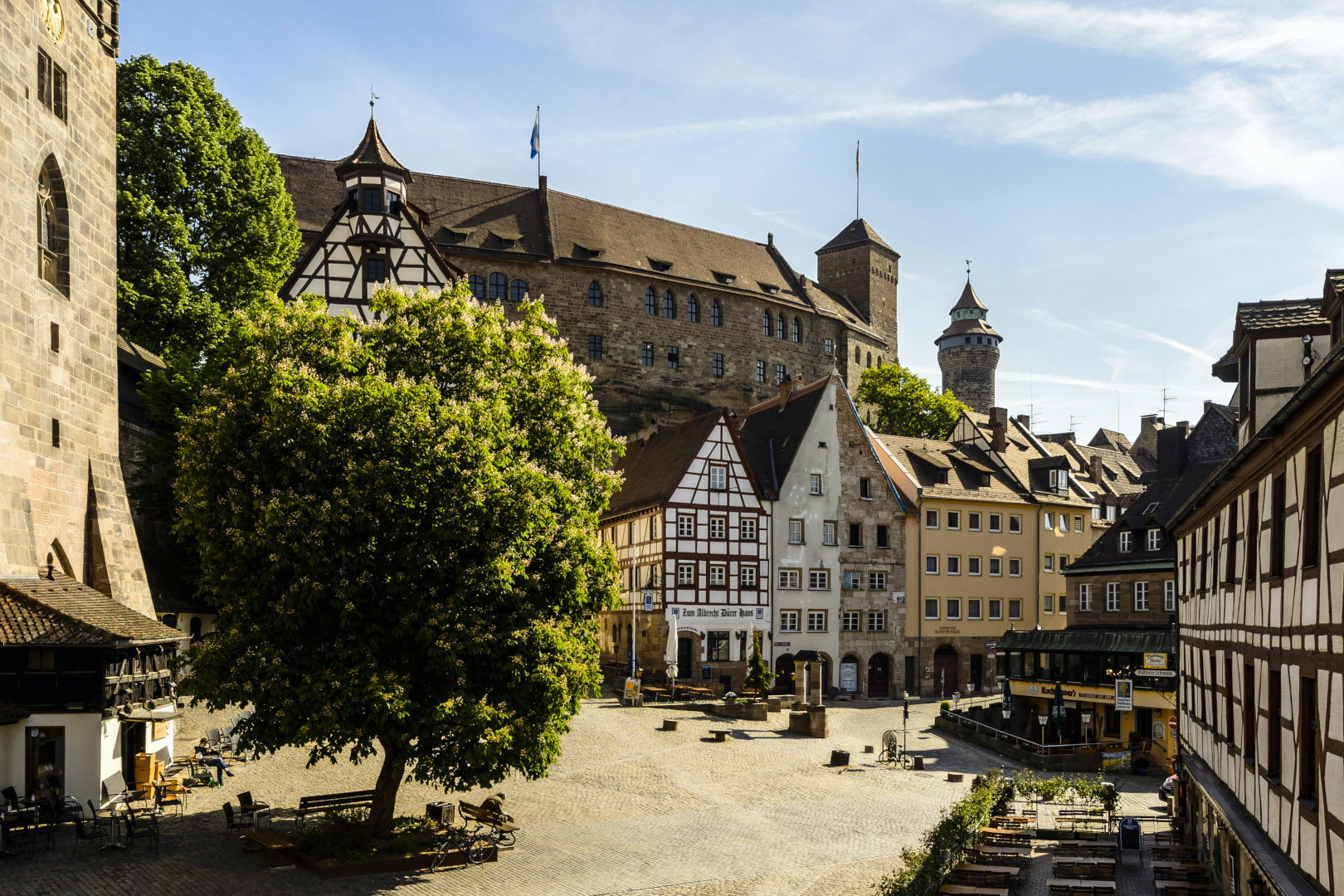
In Nuremberg, which is located in the north of Bavaria, interesting history and modernity intertwine. As a former free Imperial City and one of the European centres during the Renaissance, the city has managed to develop into a modern trade and service hub with international trade fairs. Despite this, it has not lost the special charm of a historically grown city.
Impressive medieval architecture, red-roofed buildings and cosy alleys form a pristine backdrop for long walks, shopping trips or exciting events. It feels like in Nuremberg one can discover something around each corner. “Surveys and visitor feedback reveal that especially sights like the Imperial Castle or the Germanic National Museum are very popular, followed by the impressive architecture and Nuremberg’s special flair with its outstanding shopping opportunities,” notes Yvonne Coulin, CEO of Nuremberg Convention and Tourist Office.

Germanic national museum and the Street of Human Rights. © Uwe Niklas
All eyes on Emperor Karl IV
In the second half of 2016, Nuremberg will entirely devote itself to Emperor Karl IV. As he coined the city significantly in the past and is one of the most important multifaceted rulers of Bohemian and German history, Bavaria and the Czech Republic decided to bring a joint exhibition to life for Karl IV’s 700th birthday. From October 2016 until May 2017, a national exhibition in the Germanisches Nationalmuseum will critically appraise his personality as a ruler and will deal with his significance for the residence cities of Prague and Nuremberg. It will present aspects of his life and reign during the eventful 14th century as well as showcase his artistic representation. A thematic focus will be put on how Germans and Bohemians saw Karl IV and it will become visible that both have rather different perceptions even today. Around 140 exhibits, including panel paintings and book illustrations, sculptures, textiles, goldsmiths’ work, decorative art, manuscripts, documents, weapons, coins, as well as objects from the fields of archaeology or climate research, will present a new and exciting side to the Emperor and his century. Interesting film sequences and listening stations round off the programme.
Visitors can also still find traces of the Emperor in the old town of Nuremberg today. Why not head to the main market at the Frauenkirche church, which was donated by Karl IV? Every day at 12pm, one can gaze at the so-called ‘Männleinlaufen’ at the gothic church. The ‘Männlein’ are the seven electors which successively take a bow in front of a statue of Karl IV. This act recalls the Emperor’s royal decree of the ‘Golden Bull’ – the most important Imperial Act of the Middle Ages which was discussed in Nuremberg in 1356. The act also determined the modalities of a king election and defined that the newly elected ruler should hold his first court meeting in Nuremberg. Right next to Nuremberg’s town hall, also on the main market, visitors can also visit the ‘Schöner Brunnen’ (‘beautiful fountain’), the construction of which was initiated by Karl IV.

The Kaiser castle. © Uwe Niklas
A special ambiance perfect for events
The special flair of Nuremberg’s old buildings and historic past poses as the perfect backdrop for a variety of events. A highlight of the year is the ‘Blaue Nacht’ (‘blue night’) where the city’s architecture is put in the limelight in a rather special way. 130,000 visitors flocked to Nuremberg this year, to gaze at the city’s historic buildings which were illuminated with blue light and several artistic light installations. Furthermore, music fans can look forward to Europe’s largest classical music open air festival, the Klassik Open Air in the Luitpoldhain park (24 July and 6 August), where visitors can enjoy great music while drinking a glass of wine in the park. Germany’s biggest music festival with free entry is also found in Nuremberg. The Bardentreffen celebrates world music and this year, from 29 until 31 July, the focus is put on music from island nations from all over the globe.
The Old Town Festival (15 – 26 September) will further attract many visitors and the well-known music festival Rock im Park (3 – 5 June) is another of Nuremberg’s highlights. Or why not flock to the Norisring for the thrilling DTM race (24 – 26 June)? For hot summer days, the city beach in the middle of Nuremberg’s old town will come in handy. Until 24 July, visitors can enjoy a cocktail at one of the beach bars here, play a round of beach volleyball, dip their toes in the large pool or simply relax. Of course, the world-renowned Christmas market ‘Christkindlesmarkt’ should also be mentioned. Held from 25 November until 24 December this year, the ‘Christkindlesmarkt’ is one of the most beautiful Christmas markets in Germany. “These and many more events, alongside the beautiful architecture and interesting history, make Nuremberg such a great travel destination,” concludes Yvonne Coulin.
TEXT: NANE STEINHOFF
Subscribe to Our Newsletter
Receive our monthly newsletter by email
